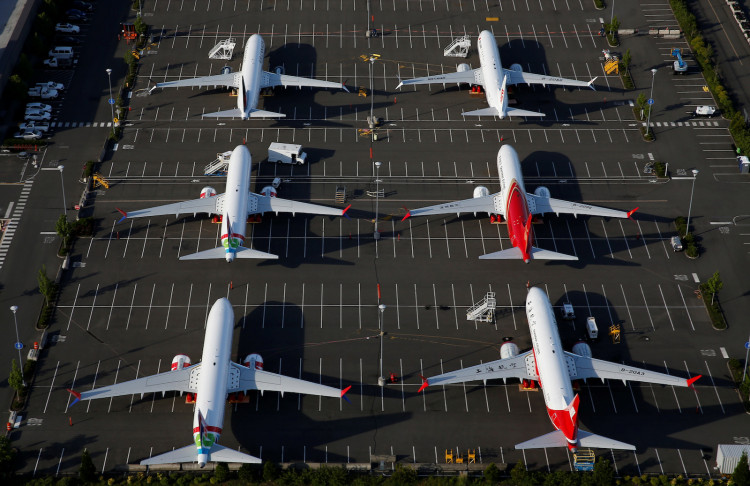A six-week audit conducted by the U.S. Federal Aviation Administration (FAA) has uncovered numerous problems at facilities owned by Boeing and one of its key suppliers, Spirit AeroSystems, according to an internal FAA slide presentation reviewed by The New York Times. The probe, which focused on the production of the 737 Max jet, was initiated after a door panel blew off an Alaska Airlines 737 Max 9 flight in early January, drawing intense scrutiny of Boeing's quality-control practices.
The NYT report, published Tuesday, revealed that FAA auditors found "dozens of problems" during their investigation, with many of the issues falling under the category of failure to follow "approved manufacturing processes" and failure to maintain proper quality control documentation. Out of 89 product audits conducted, Boeing passed 56 tests and failed 33 of them, according to the report.
The FAA also conducted 13 product audits focused on Spirit AeroSystems, which manufactures fuselages for the Boeing 737 Max. Of those, only six audits resulted in passing grades, while seven failed, the NYT said. A document reviewed by the Times revealed that a mechanic at Spirit used a hotel key card to check a door seal, while in another instance, FAA auditors reportedly observed Spirit mechanics applying liquid Dawn soap to a door seal as a lubricant in the "fit-up process."
A spokesman for Spirit reportedly said the company was "reviewing all identified nonconformities for corrective action." In late February, the FAA gave Boeing 90 days to develop a plan for quality-control improvements, coinciding with the release of an expert panel's report that found a "disconnect" between Boeing's senior management and employees regarding safety culture. The panel report had been mandated by the U.S. Congress following two fatal crashes in 2018 and 2019 involving Boeing 737 Max planes, which claimed the lives of 346 passengers and crew members.
In response to the NYT report and the expert panel's findings, Boeing stated that it continues "to implement immediate changes and develop a comprehensive action plan to strengthen safety and quality." The company added, "We are squarely focused on taking significant, demonstrated action with transparency at every turn."
The FAA's audit findings come as the National Transportation Safety Board investigates the cause of the Alaska Airlines incident, and the Justice Department has reportedly launched a criminal investigation into the company. The revelations have also been overshadowed by the death of John Barnett, a whistleblower who had publicly raised doubts about Boeing's production standards. Investigators claim Barnett's death was the result of a self-inflicted gunshot wound.
The FAA's audit has exposed significant deficiencies in Boeing's 737 Max production processes, raising concerns about the company's ability to maintain the highest standards of safety and quality control. The findings underscore the importance of rigorous oversight and the need for Boeing to address systemic issues within its organization.
As Boeing works to regain public trust and confidence in the wake of the 737 Max crashes and subsequent production issues, the company faces the daunting task of implementing sweeping changes to its manufacturing processes and safety culture. The FAA's 90-day deadline for Boeing to present an action plan serves as a critical test of the company's commitment to addressing the identified problems and ensuring the safety of its aircraft.
The tragic death of whistleblower John Barnett adds a somber note to the ongoing scrutiny of Boeing's practices, highlighting the challenges faced by individuals who speak out about potential safety concerns within the aerospace industry. As the investigations into Boeing's 737 Max production continue, the company must work to restore faith in its ability to deliver safe and reliable aircraft, while also addressing the broader issues of transparency and accountability within its organization.






